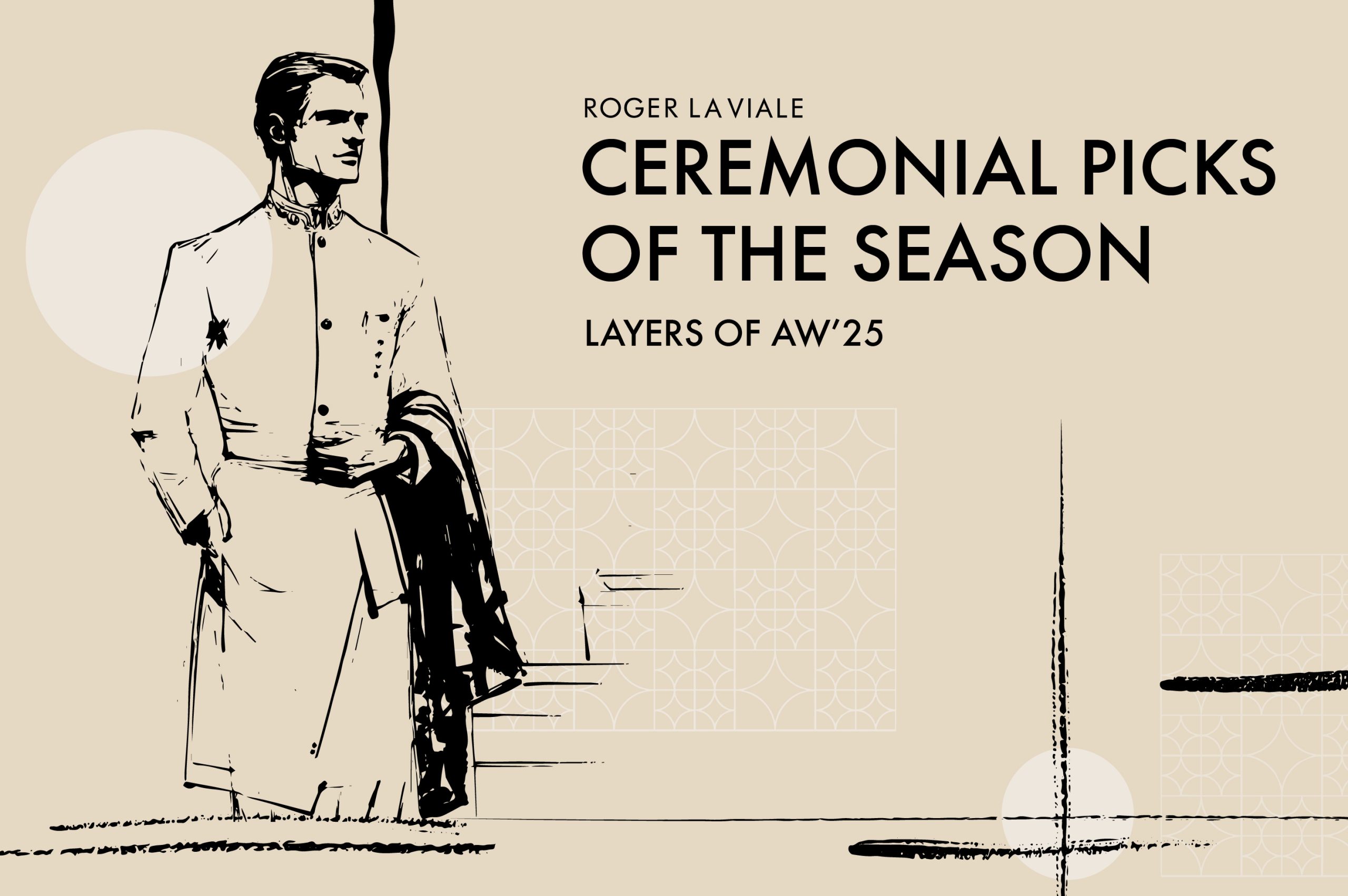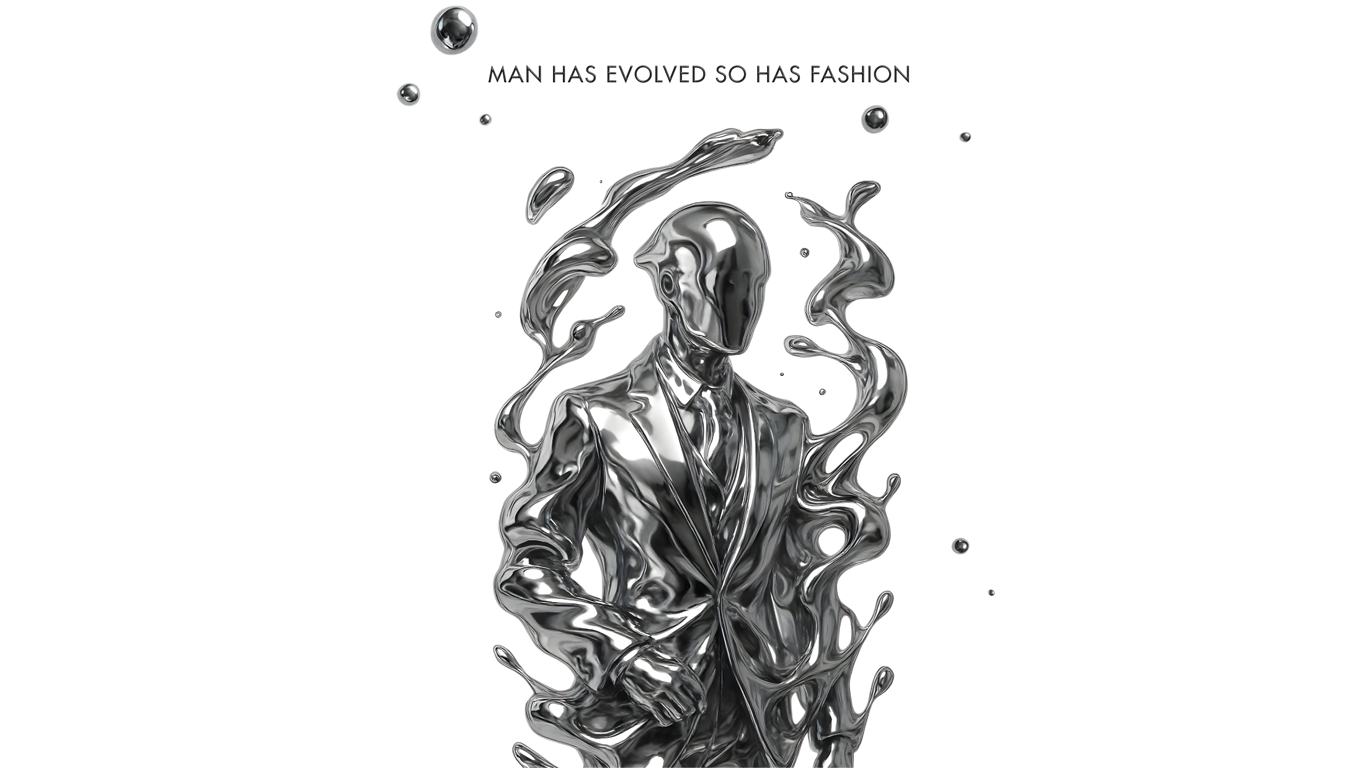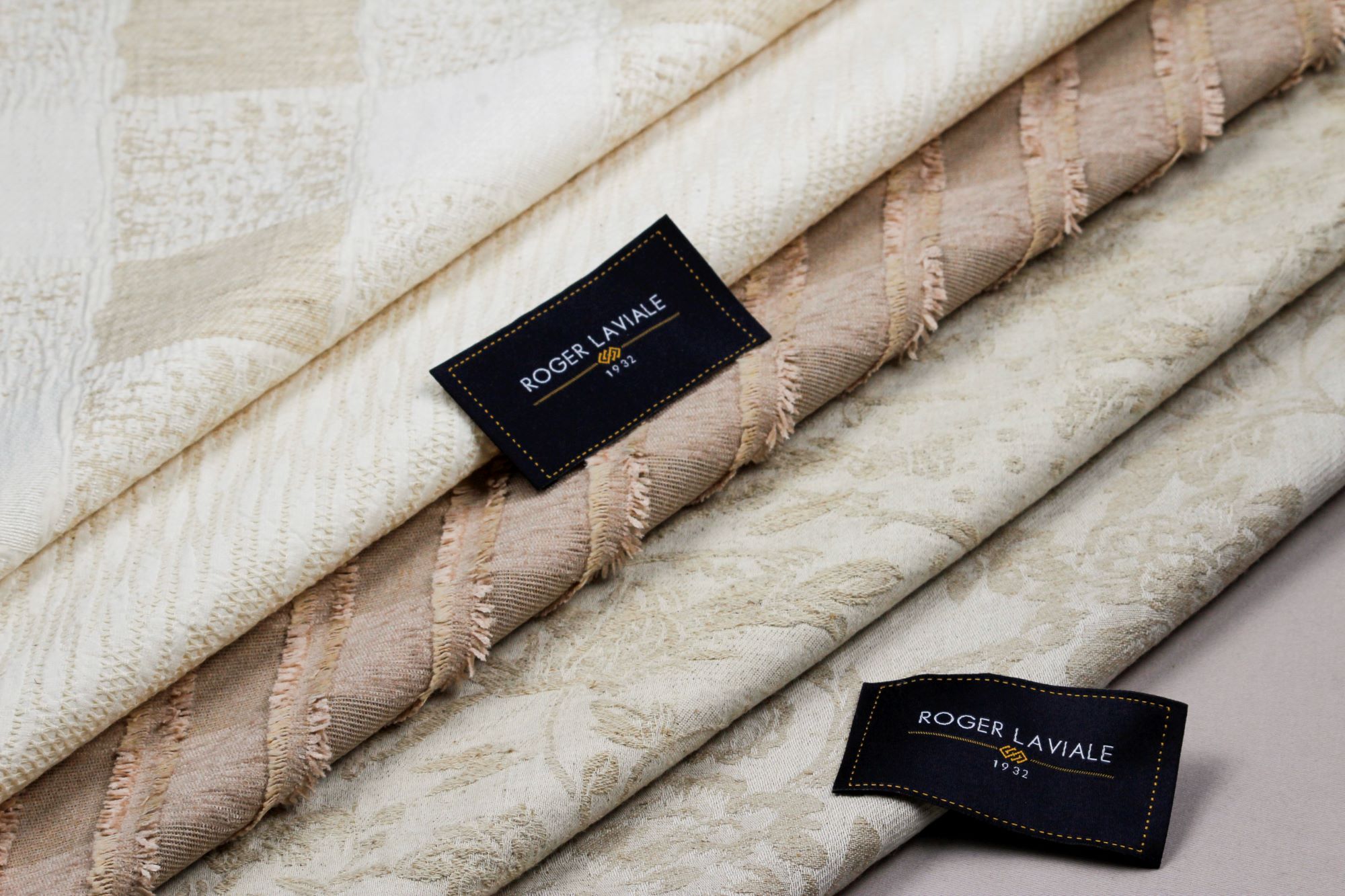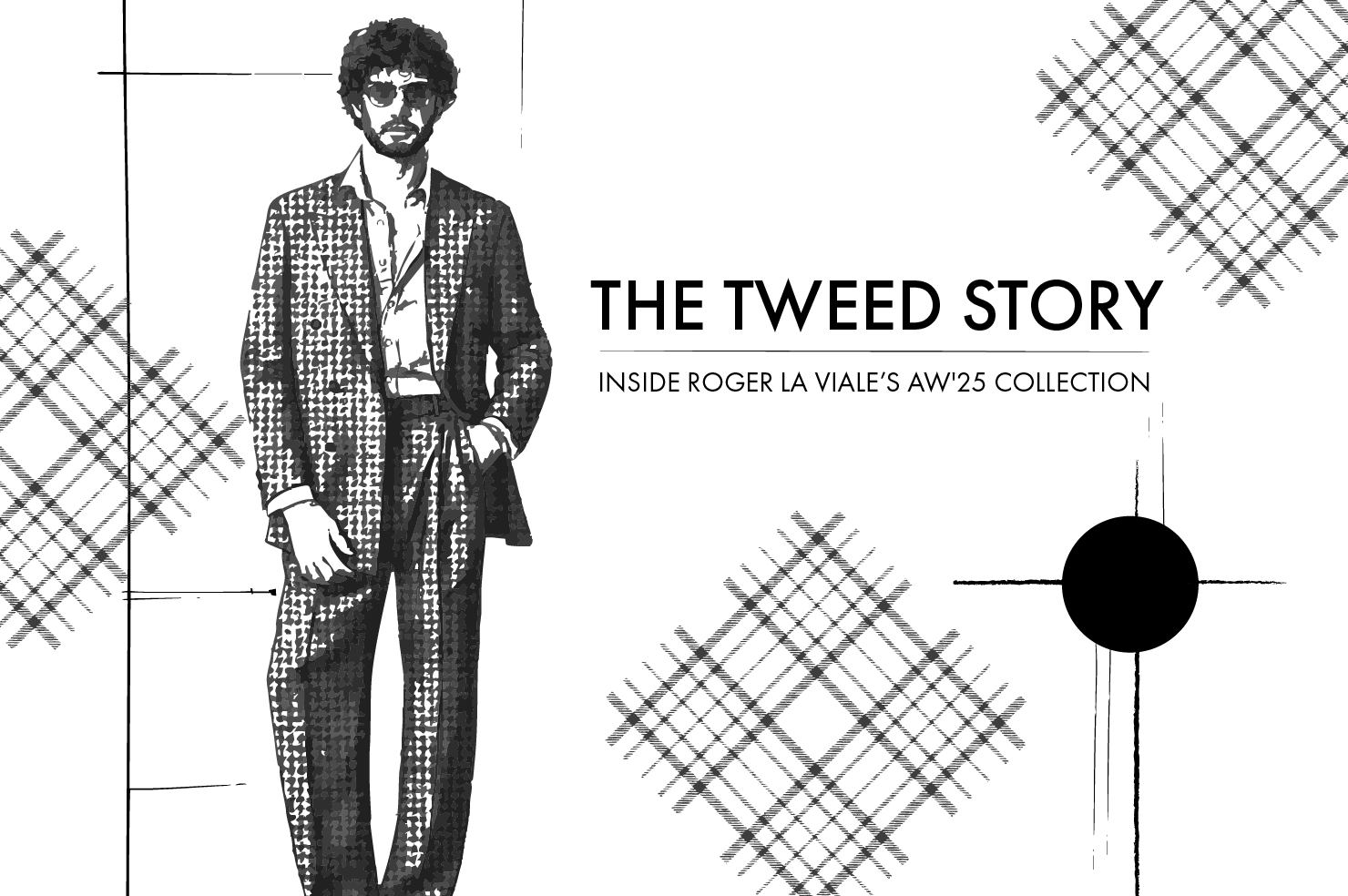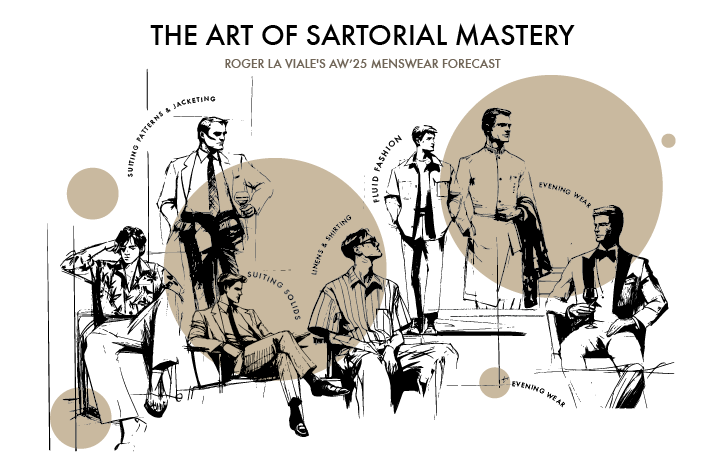Tweed: The Rugged Romance of Wool
For the man who appreciates depth over display and detail over drama, tweed isn’t just a fabric — it’s an expression.
Among the many fabrics that define menswear, few carry the quiet authority of tweed. Its texture feels lived-in, its patterns tell stories of lineage, and its heritage is woven with the spirit of resilience. But what makes this centuries-old fabric such an enduring symbol of style and substance?
From Fields to Fashion: The Origins of Tweed
Tweed began not in fashion houses, but in the rugged farmlands of Scotland and Ireland. Known originally as “tweel” — the Scots word for twill — it was a hardy, weather-resistant cloth woven from pure wool. Farmers and laborers wore it to brave cold winds, rain, and rough winters.
Legend has it that the name “tweed” came about by accident: a London merchant, upon receiving a shipment labeled “tweel”, misread it as “tweed”, associating it with Scotland’s River Tweed — and the name stuck.
In the 18th and 19th centuries, tweed moved from the countryside to the estates of the British aristocracy. Its practicality and natural tones — greens, browns, and greys drawn from the Scottish landscape — made it ideal for hunting, riding, and outdoor pursuits.When Prince Albert purchased Balmoral Castle in 1848, he commissioned a unique “Balmoral Tweed” for his estate staff, setting off a trend among estate owners to design their own “estate tweeds”. These patterns, often echoing the colors of the local terrain, became early expressions of identity through cloth — long before logos ever existed.
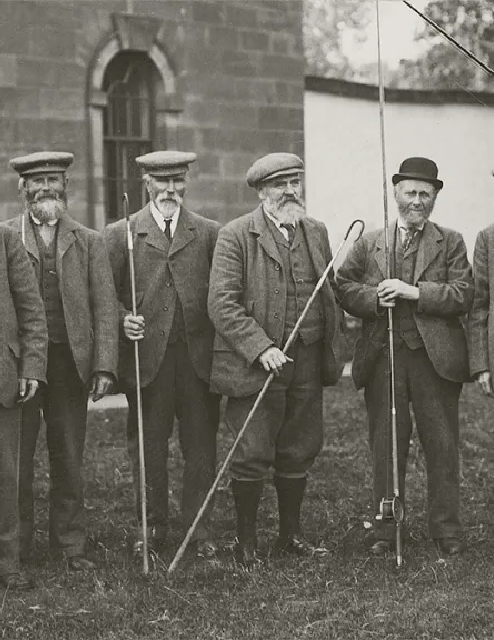
From the Countryside to the City
By the mid-19th century, tweed’s rugged charm had made its way from fields to fashionable city life. The shooting jacket evolved into the modern lounge jacket, forming the base of what we now know as the men’s suit.
Tweed’s association with rural aristocracy gave it an air of refined masculinity — confident, capable, and understated. Soon, professionals in London and beyond adopted tweed suits as a mark of taste and reliability.
The late 19th century even saw the rise of cycling tweeds — functional garments that symbolized a new age of mobility, both physical and social. By then, tweed was no longer just a fabric for the elite countryside — it had become a statement of practical elegance for the modern man.


The Making of Tweed: Celebrating Imperfection
What sets tweed apart lies in how it’s made. As Chandramouli, director at Roger La Viale explains, the difference begins at the yarn itself.
Most suiting fabrics are woven from worsted yarns, tightly twisted and combed to align the fibers, creating a smooth, formal finish. Tweed, on the other hand, is made from woollen yarns — loosely twisted and uncombed, deliberately leaving the fibers open and irregular.
This process allows the natural texture of wool to shine through. At the finishing stage, tweed fabrics are not singed, leaving the tiny wool fibers standing proudly on the surface. The result is a fabric that celebrates the imperfections and authenticity of wool, producing the signature soft, slightly coarse hand-feel that tweed lovers admire.
In other words, while worsted fabrics are polished and perfect, tweed embraces the raw beauty of nature.
Patterns of Personality
Beyond texture, tweed is a playground of patterns. Over centuries, certain designs have become timeless classics —
- Herringbone, with its chevron-like zigzags,
- Houndstooth, with its sharp, abstract checks,
- Windowpane and Glen checks, blending geometry and subtle contrast.
Each pattern tells its own story — a nod to tradition, region, and individuality. Together, they’ve built tweed’s legacy as one of the most recognizable and versatile fabrics in men’s fashion.
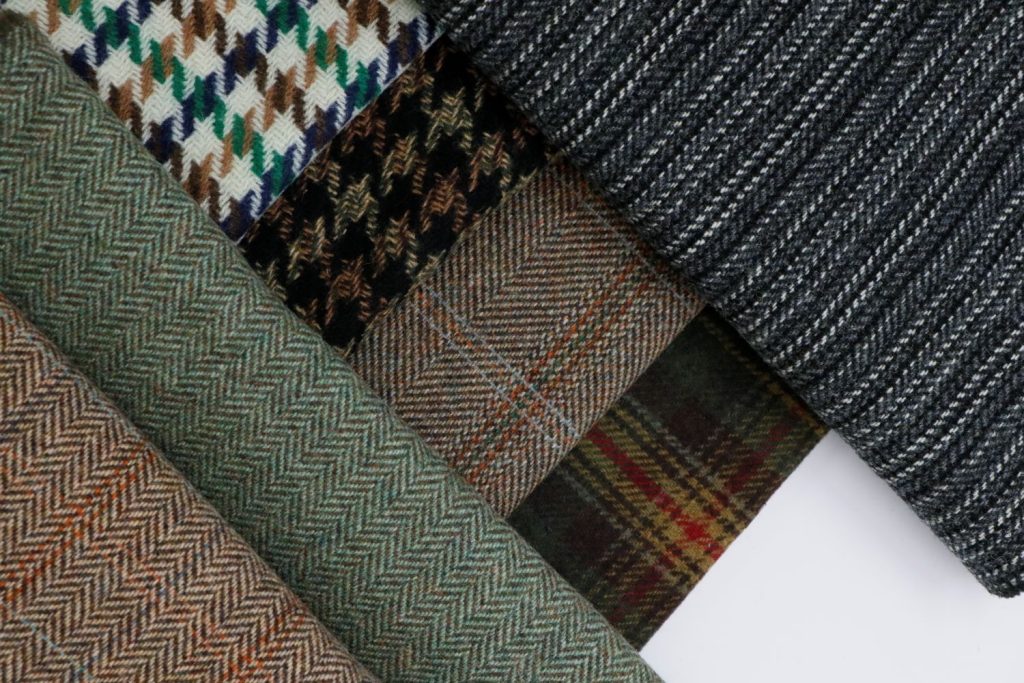
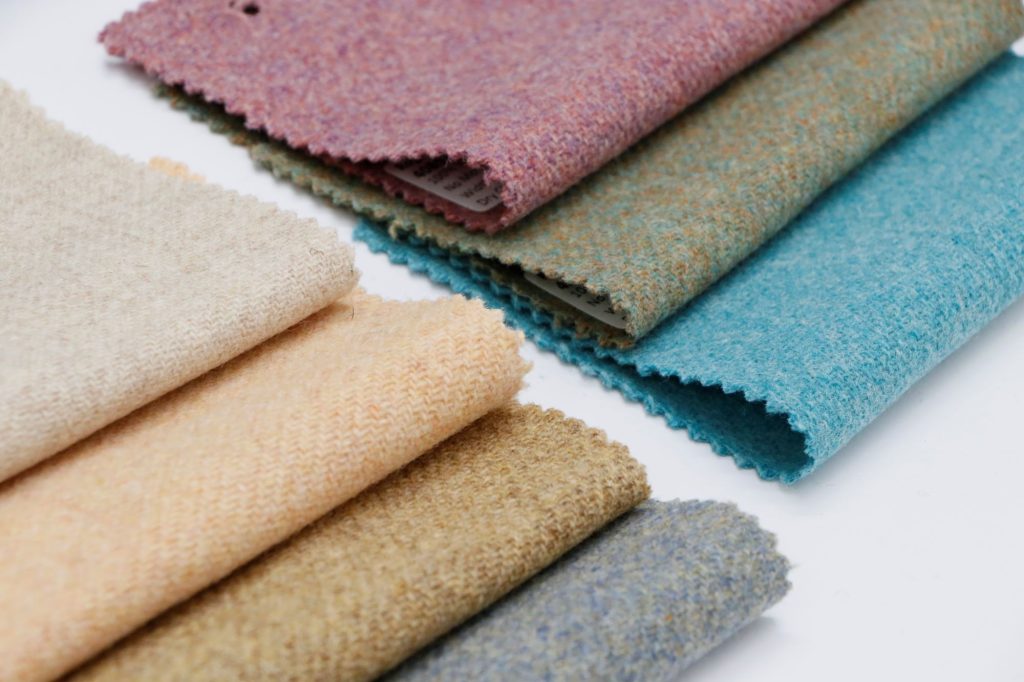
The Modern Tweed: Tradition, Reimagined
Tweed has seen its share of cycles — fading from fashion in the mid-20th century, only to make a triumphant return. Today, it sits comfortably between rugged and refined, heritage and modernity.
From country estates to city streets, from Harris Tweed blazers to runway reinterpretations, the fabric continues to evolve while staying true to its roots.
Notably, Harris Tweed, the most famous of its kind, is still handwoven by local crofters in the Outer Hebrides of Scotland, protected under the Harris Tweed Act. Every bolt of genuine Harris Tweed is stamped with the iconic orb and cross mark, certifying its authenticity.
Despite its heritage, tweed’s relevance remains timeless — as a winter staple for blazers, overcoats, and suits that exude quiet confidence.

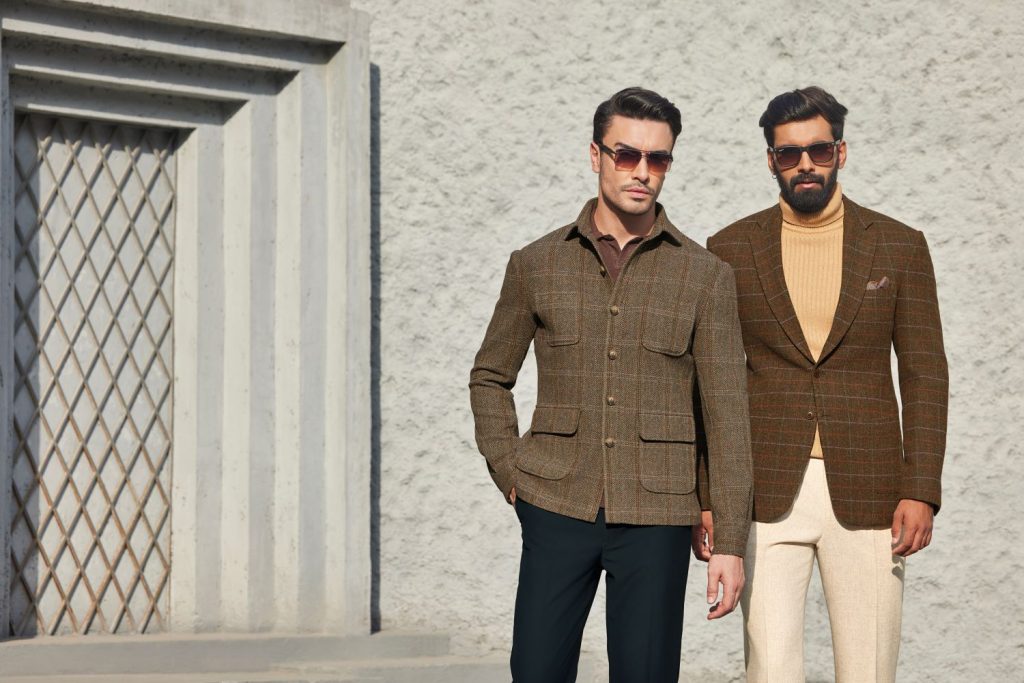
Roger’s Tweed: Continuing a Classic Tradition
For those who value depth over display, Roger La Viale brings forth Roger’s Tweed — a 100% wool line inspired by the enduring legacy of Scottish and Irish tweeds.
Woven with authenticity, this range offers a versatile selection of solids, herringbones, houndstooth, plaids, and checks — perfect for jackets, overcoats, and sport coats. Roger’s Tweed celebrates not just the fabric’s warmth and durability, but its enduring romance — the kind that lives in texture, color, and detail.
Latest Blogs
